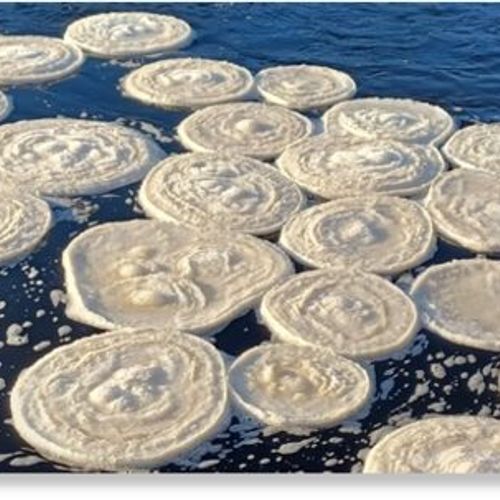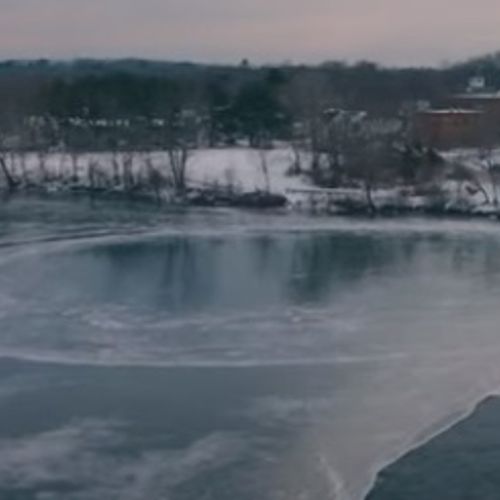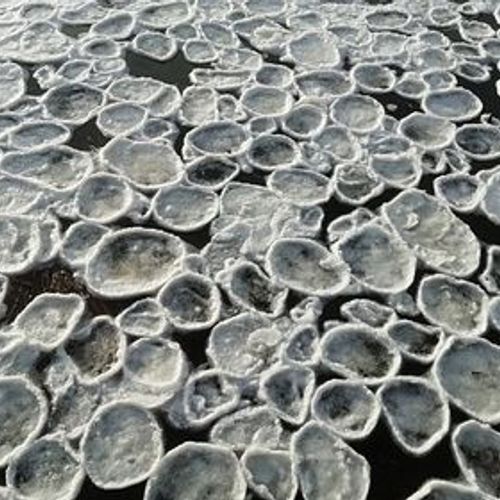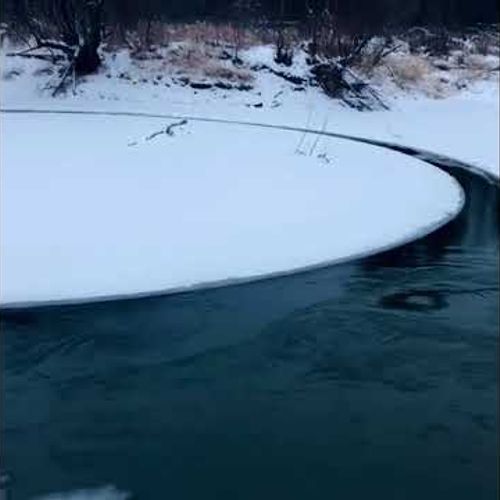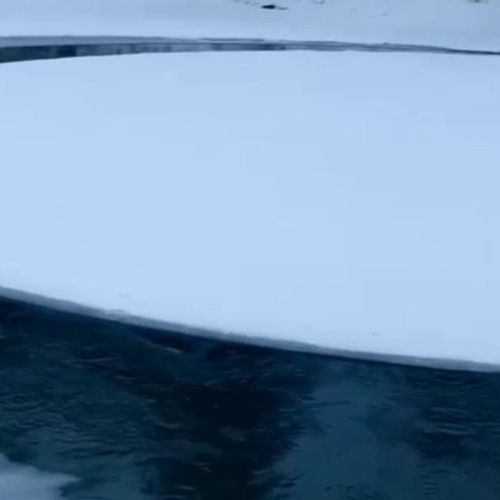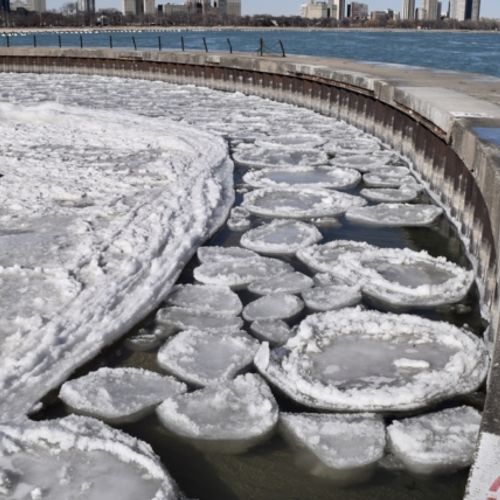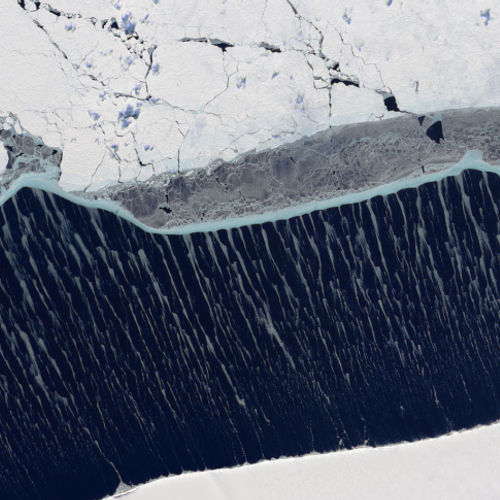
| Added | Fri, 10/12/2021 |
| Источники | |
| Дата публикации | Fri, 10/12/2021
|
| Версии |
During winter in the Southern Hemisphere, up to 18 million square kilometers of the sea surface around Antarctica is covered with ice. And in the summer, which comes on December 21 in the region, almost all the ice completely melts. But even during this annual melting, the temperature can drop so much that in some places the water begins to freeze again, forming a mixture of ice patterns and textures.
In the image obtained on November 21 by the satellite Landsat-8, various types of ice are visible in the Weddell Sea, washing the shores of West Antarctica.
The area of the densest ice in the lower right corner of the image is the Ronne Ice Shelf, which is a floating extension of the Antarctic land ice sheet. It was cold enough that spring day, and the water began to freeze. From tiny crystals representing the first stage of ice growth, nilas was formed - young ice, as a rule, in the form of layers no more than 10 centimeters thick. But in this case, the nilas did not join into a layer, but was scattered over the water by the wind blowing from the land in the form of a striped pattern. After crossing the opening with open water, the nilas gathered at the edge of the main sea ice cover, forming a thin gray-blue line.
The presence of blue surprised scientists - ice acquires this color when it becomes so dense that it absorbs longer waves of light and reflects blue. Perhaps the ice has shrunk enough to cause such an effect.
Then there is a strip of thin annual ice. And beyond it stretches the oldest and densest sea ice. But even he is not immune from the destructive effects of the wind. As the melting season begins, Antarctic sea ice will disappear.
Новости со схожими версиями
Log in or register to post comments

